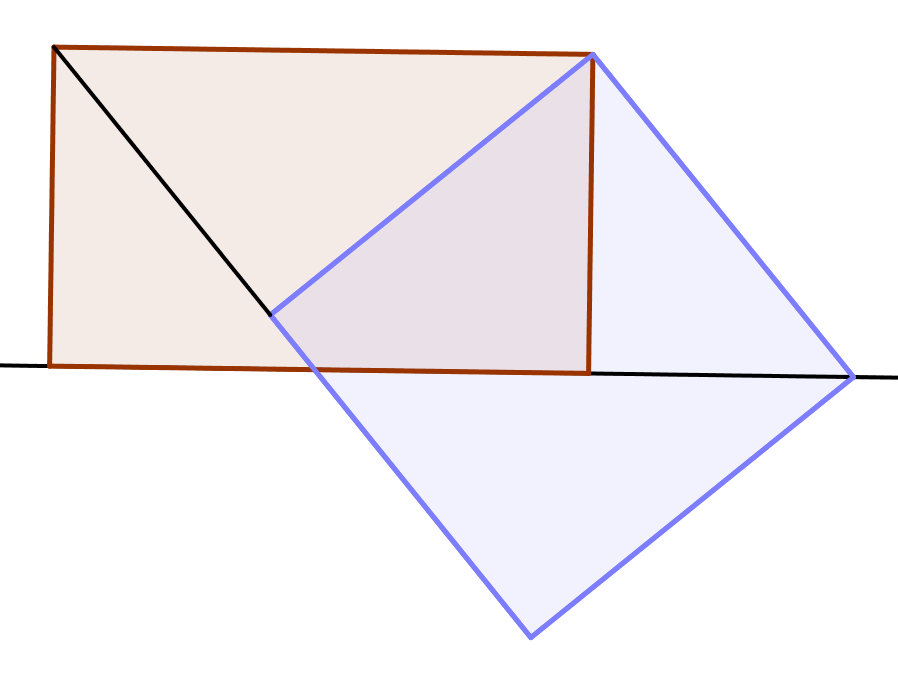NCTM
Apparently, the National Council of Teachers of Math is facing serious financial difficulties, which is leading to some soul-searching, and to much online conversation. I am in no position to provide a full diagnosis of the crisis, but as a long-time member, I thought I'd write about my relationship to the organization. I have done volunteer work for NCTM for many years: for two years or so, I edited the Activities department in The Mathematics Teacher, and since then I've reviewed many articles for the journal.
Still, I can't say that I have gotten a lot out of my membership. Part of the reason, I suspect, is that it is not truly a teachers' organization. Rather it is an organization of people who want to support the teaching of math, and it is largely dominated by academics involved in math ed research and teacher training. In other words, people who want to help math teachers, without being math teachers. Read my full reflections on this, starting here.
Speaking of NCTM, I have had four articles published in The Mathematics Teacher:
- Make These Designs, where I propose a model for pedagogically sound use of electronic graphers. (1996 I stand by what I wrote 21 years ago!)
- Iterating Linear Functions, co-authored with Jonathan Choate, a good prelude to both the study of sequences, and chaos theory. (1997)
- A New Path to the Quadratic Formula, where I share three approaches to this derivation, including especially a new one involving the intersection of a line and a hyperbola. (2008)
- Why I Use the Interactive Whiteboard, an opinion piece where I present various uses of this technology (2010)
Math Teachers' Circles
In the past two or three years, NCTM conferences have included participation of the Math Teachers' Circles. I helped with the MTC presence in San Francisco (2016), and hope to again in DC this coming spring. MTCs are professional communities of teachers and mathematicians who meet regularly to do math together. I have been a presenter at four Bay Area MTCs, and I help coordinate the San Francisco MTC, which I attend regularly as a participant. (I hope that one or two people will step forward to launch a Berkeley MTC!)
Here are some blog posts about MTC meetings. I hope they motivate you to join a local MTC, or to start a new one in your area:
- Geoboard Problems for Teachers (See also the article on Proving Pick's Formula)
- Taxicab Geometry
- Scissors Congruence!

Cutting a rectangle into pieces that can be rearranged to make a square.
Before getting involved with MTCs, I had tried to set up a group along those lines, called Escape from the Textbook!. We had more or less quarterly meetings. I reported on one such meeting in three blog posts, starting here. Those meetings always struck a balance between doing math and discussing pedagogy. MTCs, in contrast, typically stay away from pedagogy, concentrating instead on problem solving and mathematical explorations. The idea is that teachers deserve to have a venue where they can do math for their own enjoyment. Moreover, in the long run, this involvement with math will pay off in the classroom.
Still, discussion of pedagogy is essential. Within a department, it can have an enormous impact by improving the overall program, as well as contributing mightily to each teacher's professional growth. Unfortunately, such collaboration is not always possible, so many teachers turn to online solutions. For that, I enthusiastically recommend the Math Twitter Blogosphere (#MTBoS), an informal network of math teachers all over the country, at all levels. You might also check out NCTM's new online forum, myNCTM.
Puzzle Creation
Curricular puzzles can be one area where mathematics and pedagogy reinforce each other. I have a bit of expertise in that arena, as puzzling has always been one of my pedagogical frameworks. Moreover, I am also a puzzle creator outside of the day job, as a cryptic crossword constructor for The Nation magazine. I wrote about puzzle creation in two blog posts, one about puzzles in general, and one where I go deeper and discuss the specific features shared by the best puzzles intended for the mathematics classroom.
My Web Site
My Web site (MathEducation.page) contains hundreds of pages and PDFs. But it is a one-man operation, and largely stuck in a Web 1.0 model. Still, I'm hoping you can find your way around it. The navigation bar at the top of most pages should help, as it can take you to a Search page, or to one of three site maps. Also, if you hover over the tiny icons at the left and right, you'll find more helpful links. Try it:
I have also made it possible to have quick access to some of the site's main "Start Pages" right on the front page. I just added three more links there:

Check them out!
